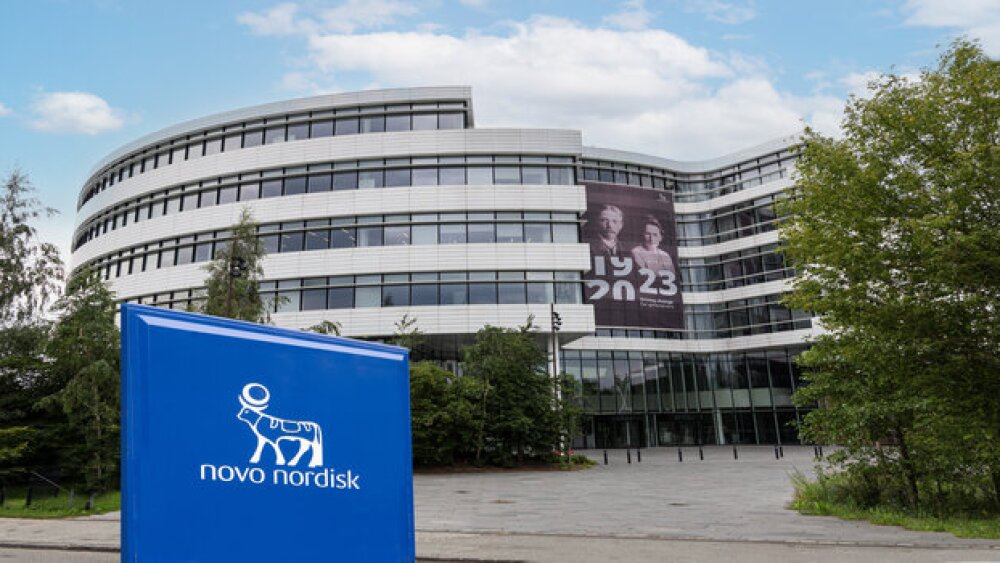As part of a specialized area of biotechnology, bioinformatics deals with the use of information technology to perform highly technical functions. It creates and use databases, algorithms, computational and statistical techniques used in the science involved in biotechnology. Bioinformatics uses computer modeling and DNA sequencing to assist in laboratory work. It is common to use bioinformatics during the research and development phases of a project. As we see a growth spurt in the biotech industry, the demands for qualified bioinformatics professionals also rise. According to the Bureau of Labor Statistics, jobs in the biotech industry will continue to rise by 35 percent between 2006 and 2016.
Step 1
Complete high school. Make sure that your grades in math and science are exemplary or at least above-average. Proficiency in math and science subjects can help better your chances in qualifying for entrance into some of the top-ranked colleges or universities offering biotechnology courses.
Step 2
Enroll in college to take a bachelor's degree majoring in one of the biotechnology-related courses. You may opt to take computer science as a major or choose bioinformatics as the major. University of Buffalo in New York is one of the schools in the United States approved to offer a Bachelor of Science in Bioinformatics and Computational Biology.
Step 3
Complete a master's (MS) or doctoral (Ph.D.) degree. Although a bachelor's degree is a good thing to have, it may not be enough to qualify you for advanced research and teaching positions. Biotech companies often look for a master's degree for positions such as applied researcher and they choose someone with doctoral degree for advanced research roles. Georgia Institute of Technology is one of the schools that offer a Master Science in Bioinformatics.
Step 4
Obtain an internship or a fellowship. You can check with your school or other schools for internship and fellowship programs. Read the information posted on bioinformatics.org for internships and fellowships. The Steipe Lab of the University of Toronto offers fellowships to qualified candidates. The experience you obtain will be invaluable for future job prospects.
Step 5
Apply for jobs. Go to job fairs or career expos sponsored by companies hiring biotech-related jobs such as bioinformatics. Always have well-written resumes handy to pass around. Apply for a teaching position in schools. You may also go to a biotech company's website to apply for a job; Genentech is one of those companies that hire bioinformatics professionals among others. Visit gene.com and go to the site's careers page to apply for available job opportunities. Check out online job-hunting sites for more opportunities; phds.org provides a list of job opportunities available for scientists and people with master's and doctoral degrees.
Step 6
Build your network. Join professional networking sites such as Linkedin.com so that you can find and connect with other bioinformatics or biotech professionals. Whenever you attend seminars and conferences, always exchange business cards with fellow attendees to help establish your relationships with professionals of the same or related fields.
Step 7
Keep up to speed on the latest updates in biotechnology, particularly in the field of your expertise. Subscribe with journals such as Oxford Journals to read on current articles related to bioinformatics. In addition, visit the website for BMC Bioinformatics (see resources) to avail of original peer-reviewed articles in all aspects of computational methods used in the field of bioinformatics and computational biology.
Tips
Check with your high school counselor for guidance on how to start with your career path as a bioinformatics professional. Include information of completed research projects while in school, during internship or fellowship on your resume.
References
Biospace.com: Biotech and Pharmaceutical News & Jobs
University of Buffalo
Bureau of Labor Statistics Outlook Handbook
Georgia Institute of Technology
Bioinformatics: Internship and Fellowship
BMC Bioinformatics




